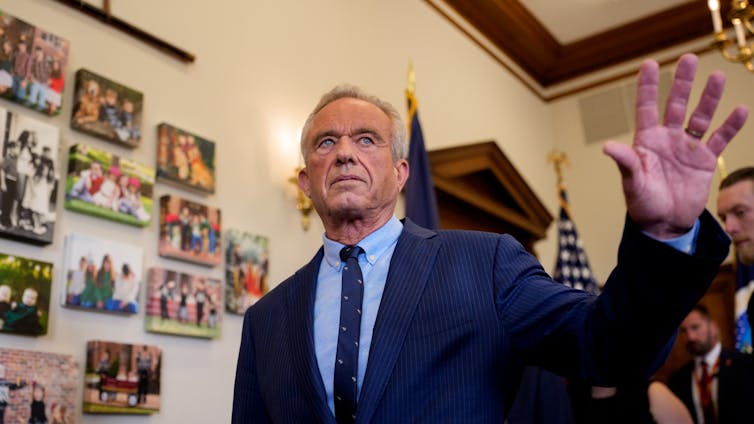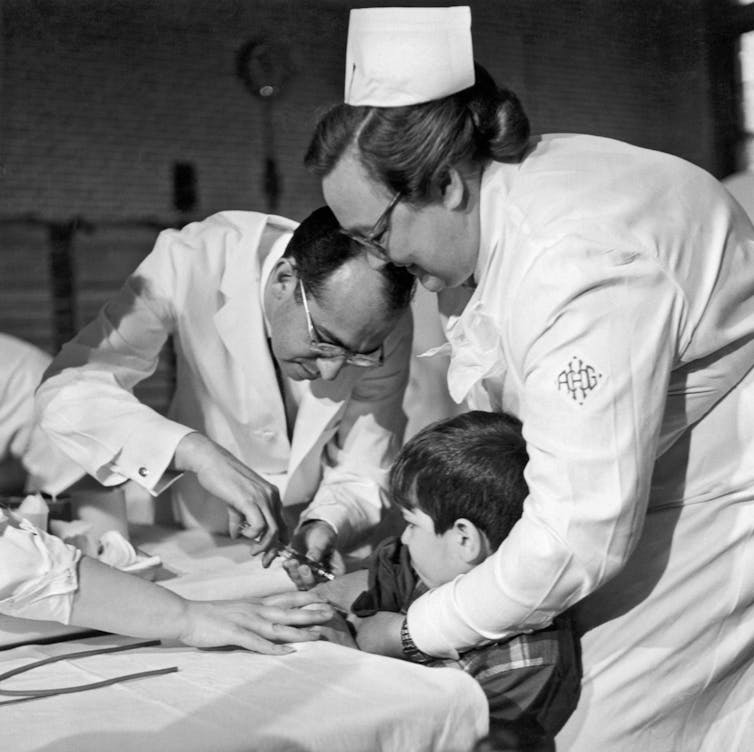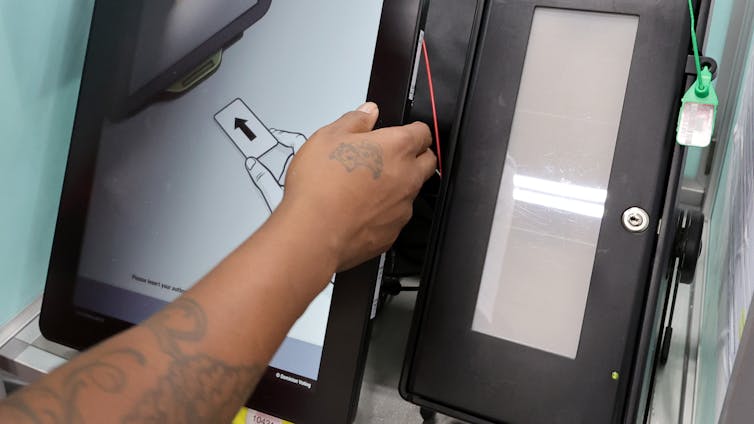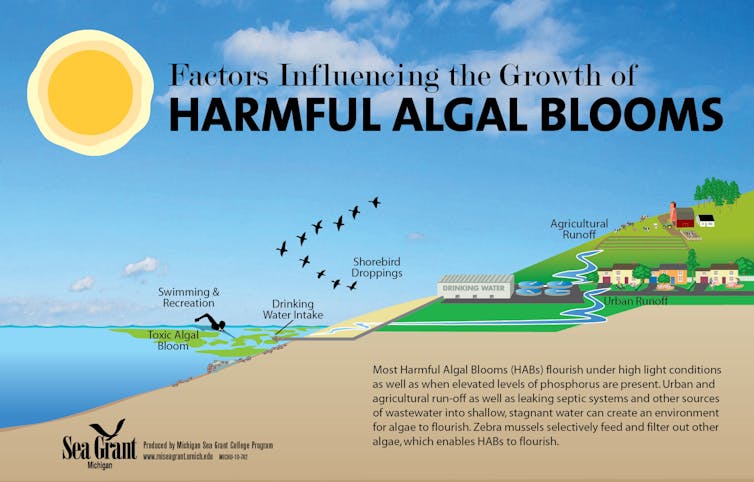
South Carolina Department of Corrections via AP
Barring any late developments, the U.S. is set to see its first execution by firing squad in 15 years on March 7, 2025.
Photos released by the South Carolina Department of Corrections suggest that the prisoner, Brad Sigmon, will be strapped to a metal seat in the same small death chamber that has been the location of the state’s other executions by means of the electric chair and lethal injection. Sigmon, who was sentenced to death in 2002 for the brutal killing of his ex-girlfriend’s parents with a baseball bat, chose death by firing squad over other forms of execution under a 2021 law that allows inmates that option.
According to the state’s firing squad protocol, the condemned man will have a hood put over his head and a target placed on his heart. Three volunteers will then shoot him from a distance of 15 feet. They will stand behind a wall with a small opening.
But this method of execution has raised concern over the safety of observers of the execution. Meanwhile, others object to the use of a firing squad as a relic of a brutal past not fitting for modern times.
As someone who has studied execution methods in the U.S., I see the resumption of death by firing squad as part of a morbid search for “better” execution methods. It comes amid concern over botched lethal injection attempts and a scarcity of the drugs needed to carry out such executions.
In 2020, the first Trump administration expanded how federal execution can be carried out to include ghoulish methods such as hanging, the electric chair, gas chamber and, indeed, the firing squad.
But revisiting all methods reveals a checkered history. Each has, at one time or other, been touted as humane only to be sidelined because its use was found to be gruesome and offensive. Given that history, there are questions over whether the resumption of death by firing squad can serve any purpose other than continuing a death penalty system deemed to be a cruel outlier among modern societies.
The noose and the chair
Let’s start with hanging.
Hanging was the execution method of choice throughout most of American history, and it was used in America’s last public execution in 1936, when Rainey Bethea was put to death in Owensboro, Kentucky. When done correctly, the noose killed by severing the spinal column, causing near instantaneous death.
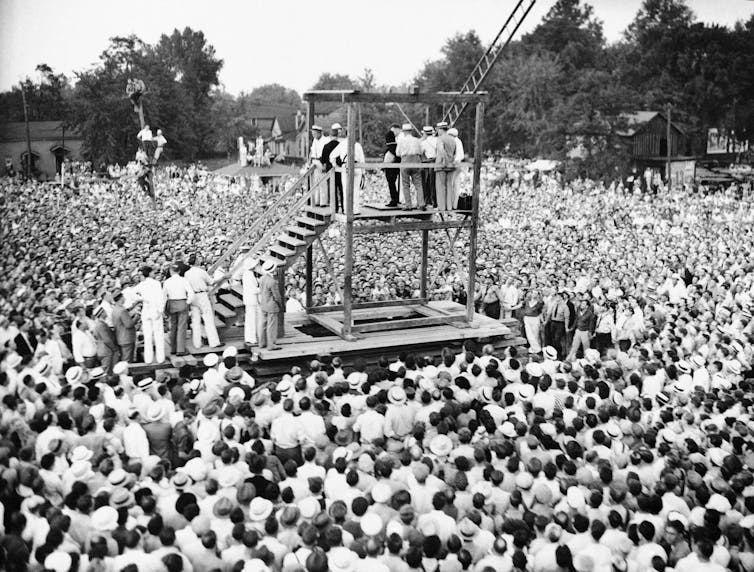
AP File Photo
But, all too often, hanging resulted in a slow death by strangulation and sometimes even a beheading. Given this gruesome record and hanging’s association with the lynching of mainly Black men, by the end of the 19th century the search for other execution methods began in earnest.
The first of those alternatives was the electric chair. At the time it was adopted, it was regarded as a truly modern instrument of death, a technological marvel in the business of state killing. Hailed by penal reformers as a humane alternative to hanging, the electric chair was first authorized in 1888 by New York state following the report of a commission that concluded: “The most potent agent known for the destruction of human life is electricity. … The velocity of the electric current is so great that the brain is paralyzed; it is indeed dead before the nerves can communicate a sense of shock.”
Yet, right from the start, electrocution’s potency was a problem. Its first use in the 1890 execution of convicted murderer William Kemmler was horribly botched. Reports of the execution say that “after 2 minutes the execution chamber filled with the smell of burning flesh.” Newspapers called the execution a “historic bungle” and “disgusting, sickening and inhuman.”
In spite of the Kemmler debacle, the electric chair quickly became popular, being seen as more efficient and less brutal than hanging. From the start of the 20th century until the 1980s, the number of death sentences carried out by this method far outstripped those of any other method.
But electrocutions continued to go wrong, and eventually several dramatic botched executions in Florida helped turn the tide. Included were two executions – one in 1990, the other in 1997 – in which the condemned inmates caught fire.
The gas chamber
By the start of the 21st century, states all over the country were abandoning the electric chair. As Justice Carol W. Hunstein of the Supreme Court of Georgia explained, “Death by electrocution, with its specter of excruciating pain and its certainty of cooked brains and blistered bodies,” was no longer compatible with contemporary standards of decency.
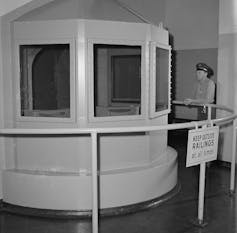
AP Photo/Clarence Hamm
One alternative to electrocution was the gas chamber, but it too has its own history of problems. First adopted in Nevada in 1922, executions using lethal gas were to take place while the condemned slept. Death row inmates were supposed to be housed in airtight, leak-proof prison cells, separate from other prisoners. On the day of the execution, valves would be opened that would fill the chamber with gas, killing the prisoner painlessly.
This plan was soon abandoned because officials decided it would be impractical to implement it, and states constructed special gas chambers fitted with pipes, exhaust fans and glass windows on the front and back walls for witness viewing. But deaths by lethal gas were never pretty or easy to watch.
Inmates regularly fought against breathing the gas as it entered the chamber. They convulsed, jerked, coughed, twisted and turned blue for several minutes before they died.
Far from solving the problems associated with hangings or electrocutions, lethal gas introduced its own set of horrors to the institution of capital punishment. In fact, by the end of the 20th century, 5% of executions by lethal gas had been botched.
As a result, states used gas as the sole method of execution only from 1924 to 1977, and it was last used in 1999. By then, the gas chamber had become a relic of the past because of its inability to deliver on its promise to be “swift and painless” and its association with the Nazi use of gas to kill millions during the Holocaust.
Lethal injection
Lethal injection was first considered by the state of New York in the late 1880s when it convened a blue ribbon commission to study alternatives to hanging. During deliberations, Dr. Julius Mount Bleyer invited the commission to envision a future in which a person condemned to death “could be executed on his bed in his cell with a 6-gram injection of sulfate of morphine.”
But it wasn’t until 1977 that Oklahoma became the first state to introduce the method.
Right from the start, administering lethal injections proved to be a complex procedure that was difficult to get right. In fact, during the first use of lethal injection by Texas in 1982, the team responsible repeatedly failed to insert an IV into a vein in the condemned man’s arm, splattering blood onto the sheet covering his body.
Part of the problem is that medical ethics do not allow doctors to take part in choosing the drugs or administering them. In the place of doctors, prison officials are responsible for the lethal injection procedure. In addition, dosages of the drugs used are standardized rather than tailored to the needs of particular inmates as they would be in a medical procedure.
Despite the effort to medicalize executions, the history of lethal injection has been anything but smooth, sterile and predictable. In fact, my research reveals that of the 1,054 executions carried out from 1982 to 2010 using the standard three-drug lethal injection protocol, more than 7% were botched.
And as states, faced with a scarcity of the drugs needed, have experimented in finding new ingredients, my research shows that botched executions have occurred as much as 20% of the time.
The firing squad
Finally, the firing squad. Of all of America’s methods of execution, it has been least often used. From 1900 to 2010, only 35 of America’s 8,776 executions were carried out using this method, and since 1976 just three people have faced a firing squad, with the last one carried out in Utah in 2010.
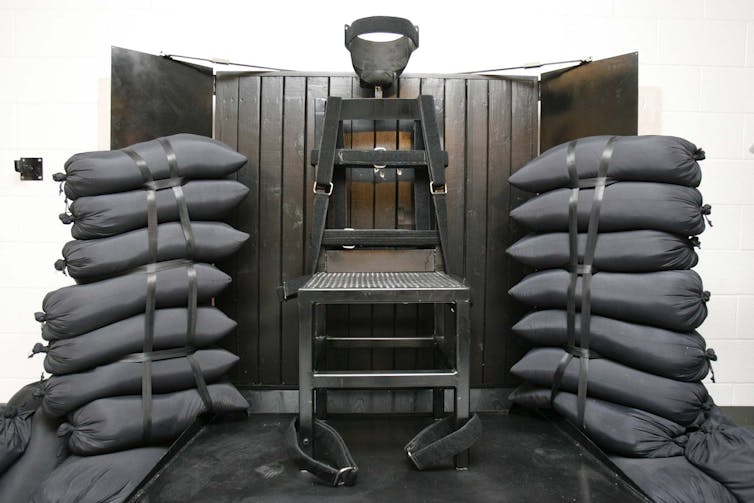
AP Photo/Trent Nelson
Critics point out that because death by guns evokes images of raw, frontier justice in a society awash in gun violence, this method mimicked something that the law wished to discourage. Nonetheless, Utah revived the firing squad in 2015 due to challenges to the state’s lethal injection protocol.
While it has some contemporary proponents who claim it is the least cruel of all execution methods, the history of the firing squad is marked by gruesome mistakes when marksmen missed their target. In the 1951 execution of Eliseo Mares, for example, four executioners all shot into the wrong side of his chest, and he died slowly from blood loss.
A cruel history, revived
While authorities in South Carolina allow for death by firing squad, it cannot erase the cruelty that marks the method’s history – nor that of other means of execution.
That history stands as a reminder of America’s failed quest to find a method of execution that is safe, reliable and humane.
This article contains sections previous published in The Conversation articles from Dec. 4, 2020 and Nov. 30, 2022.
Austin Sarat, William Nelson Cromwell Professor of Jurisprudence and Political Science, Amherst College
This article is republished from The Conversation under a Creative Commons license. Read the original article.
















